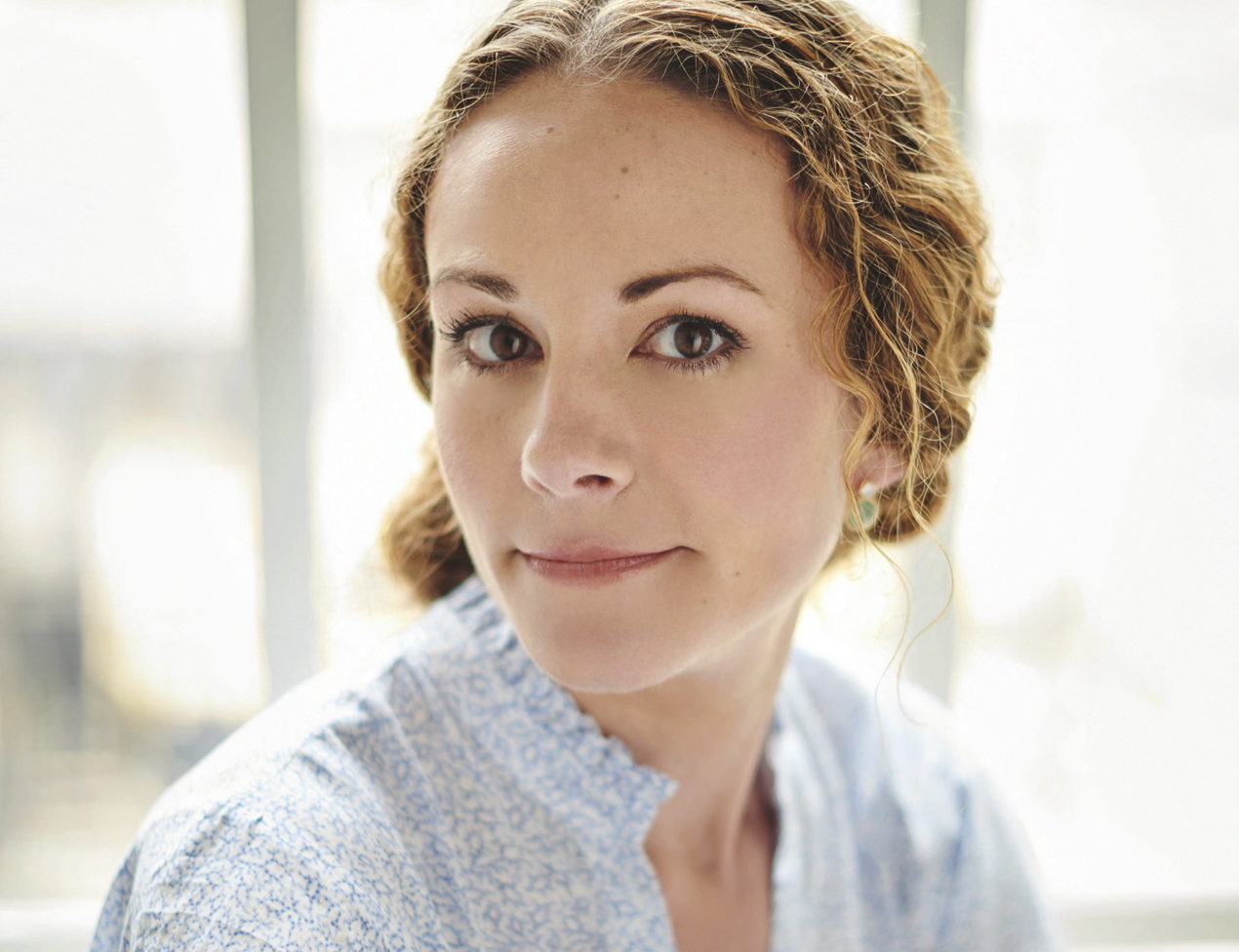Author Q&A:
Clare Beams
The Illness Lesson
(Transworld, £14.99)
New England, 1871: famed philosopher Samuel Hood and his daughter Caroline have founded a progressive girls’ school named after the mysterious flock of red birds that has descended on the land. When the pupils begin developing strange symptoms like rashes, seizures, verbal tics and night wanderings, a physician is called in who insists he knows the best course of treatment – but it comes at a high cost to the girls and the school’s integrity.
Tell us about the birds in the The Illness Lesson and what they represent.
While I’m actually writing, I don’t tend to think about anything as deliberate and big-picture as symbolism; in the act of drafting I was mostly aware of the birds as a creepy but joyous piece of imagining. But I’ve come to feel that they’re thematically connected to the bodies of the schoolgirls in the novel. The founders of the Trilling Heart School intend for it to show the world what girls can do, but they haven’t really made much space for the actual selves of the girls involved: the birds are a sort of strange answer to the way the girls’ bodies have been erased, I think, just as the girls’ mysterious symptoms are. I see both the birds and the illness as wild flourishes of insistence.
The Trilling Heart school is founded on the idea that education should be egalitarian among the sexes – radical thinking in 1871, but is there still inequality in education today?
Oh, I think there’s inequality almost everywhere, once you’re looking for it – and now that I have daughters I feel even more attuned to it than I used to be. It seems to me that we still tell girls very different things about themselves than we tell boys, as we’re preparing them all to enter the world and find their places in it. I think girls often face this sort of unspoken admonishment not to take up too much space.
The book is historical fiction which draws on elements of the supernatural. When writing the book were these two genres jarring or a natural fit?
I’m a writer who’s often drawn to writing about both the past and the strange – I frequently inhabited this joint territory in my 2016 story collection We Show What We Have Learned, too. I don’t think I’m really considering the historical aspect and the supernatural one to be separate elements while I write; in fact I don’t think I’m necessarily thinking in terms of large questions like genre at all. I’m living much more on the level of the trees than the forest for many, many drafts, just trying to get the images and then the sentences and then the characters and then their story right. In the case of The Illness Lesson, the setting – a 19th-century New England school –and the red birds are the two elements that came first as I was imagining my way into the story. In my imagination, they always belonged together.
The book provokes questions about women’s treatment by the medical establishment and how women’s ailments are perhaps still disbelieved and downplayed. What needs to happen to overcome medical gender bias?
That’s a huge and important question! I won’t pretend I’m qualified to provide a real, actionable answer – but I do think a good start would be to treat women like authorities on their own bodies. To ask questions and really, truly listen to the answers.
What research did you carry out into cases of mass hysteria and are there any particular ones that influenced you?
I didn’t know that the girls would become ill when I first started writing, but once I figured out the girls’ bodies would need to rebel in this way, I found myself doing a fair bit of research on mass hysteria and on hysteria in general. While there weren’t necessarily particular cases I used as models for the story, it does turn out that mass hysteria in schools has happened with some frequency through history, and I found learning about those cases – in which the power dynamics of the classroom are in a sense destabilised – fascinating.
Dr Hawkins theorises that the girls’ illnesses may be influenced by the book they are all reading. If books do have the ability to influence people so profoundly, what impact would you hope The Illness Lesson could have?
Books have had an enormous power over my own life; some of the books I love are as vivid to me as my own memories, and I think reading has enlarged and continues to enlarge my sense and understanding of the world. I certainly wouldn’t want something I wrote to change or shape anyone directly – that’s sort of a terrifying idea! – but I would love it if readers emerged from their time in these pages, their time living inside Caroline’s skin and life, and saw their own lives in a slightly different way.
You teach creative writing. What is your number one lesson for your students and did you follow your own advice while writing this novel?
One thing I always tell my students is that they need to be patient – with the work and with themselves. Good writing takes so much longer than we think it will, almost always. And on a craft level I always remind them that writing has power when it lives in the senses, when you’re making it real for the reader in that way. I did try to follow both pieces of advice when writing this novel. I tried never to veer too far into the abstract, especially in the strangest and darkest moments of the book. And I tried to let this book take the time it needed (seven years!) to become itself.

Leave a reply
Your email address will not be published.